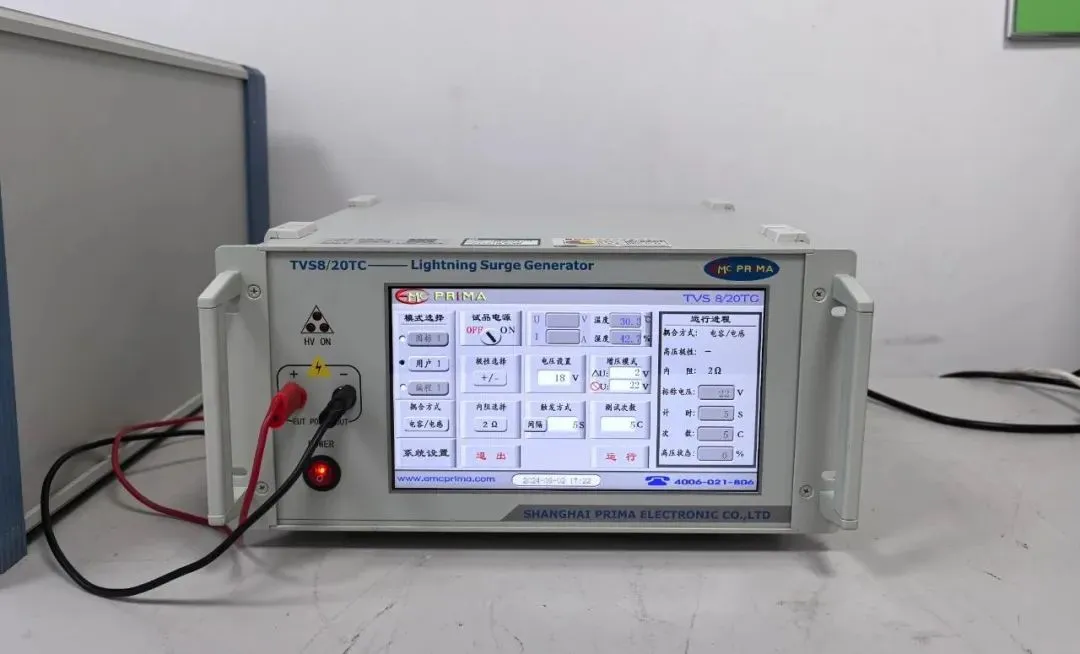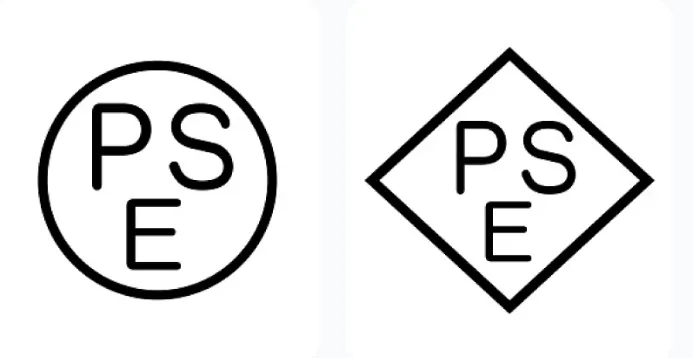
TEMU, Amazon REACH Annex 17 Report: What Is It?
Products such as clothing, toys, cosmetics, electronics, and packaging materials listed on platforms like TEMU and Amazon need to provide the REACH Annex 17 report. What exactly is this report?
The European Union RegULation 1907/2006/EC on the Registration, Evaluation, Authorization, and Restriction of CheMICals (REACH) came into effect on June 1, 2007. REACH mandates that EU manufacturers or importers must notify the European Chemicals Agency (ECHA) if a substance of very high concern (SVHC) is present in their products at a concentration higher than 0.1%, and the total quantity of the substance exceeds 1 ton per year per producer/importer.

REACH Annex 17 is a crucial part of the reach regulation, outlining restrictions on certain hazardous substances, mixtures, and articles during their manufacturing, market placement, and use. These restrictions aim to protect human health and the environment from the potential risks posed by these chemicals.
The main testing items under REACH Annex 17 include:
1. Physicochemical property testing: This involves testing a substance’s physical and chemical properties, such as melting point, boiling point, solubility, and stability.
2. Toxicological tests: These tests determine the toxicity of a substance to humans, animals, and the environment, including acute toxicity, sub-chronic toxicity, genotoxicity, carcinogenicity, and reproductive toxicity.
3. Ecotoxicological tests: This involves assessing the substance’s potential environmental impact, including effects on aquatic and terrestrial organisms like fish, invertebrates, algae, and plants.
4. Environmental fate and behavior testing: This includes testing for a substance's persistence in the environment, its bioaccumulation in organisms, and the likelihood of degradation or transformation.
5. Exposure testing: This involves assessing human and environmental exposure to the substance, such as through inhalation, ingestion, or skin contact.
6. Compliance assessment: Based on the test results and REACH regulations, the potential risks of chemicals during production, use, and disposal are evaluated to determine if they meet the restrictions set by REACH.
What products need to comply with REACH Annex 17?
1. Toys and childcare products: These products are critical to children's safety. REACH Annex 17 restricts the use of certain harmful substances (such as phthalates, lead, cadmium) in these products, as they could pose risks to children's health through oral contact, ingestion, or skin absorption.
2. Textiles and clothing: REACH Annex 17 restricts the use of certain dyes, softeners, and flame retardants in textiles and clothing. For example, certain azo dyes are restricted in textiles and leather products that come into direct contact with skin due to their potential carcinogenicity.
3. Electronic and electrical products: Harmful substances in electronic products (such as lead, cadmium, hexavalent chromium, and polybrominated biphenyls) are strictly limited as they can pose risks to the environment and human health during recycling and disposal.
4. Furniture and decorative items: Flame retardants, dyes, and stabilizers in furniture and decorative items are regulated, as these chemicals can be released into the air, causing indoor pollution and health issues.
5. Cosmetics: Although cosmetic ingREDients are primarily regulated through a separate set of rules (EU Cosmetics Regulation), REACH Annex 17 also restricts the use of certain substances, particularly those that could cause long-term environmental harm.
6. Packaging materials: Heavy metal content (like lead, cadmium, mercury, and hexavalent chromium) in packaging materials is restricted to reduce the risk of these substances entering the environment.
7. Other products: In addition to the major categories above, REACH Annex 17 may also apply to other products closely related to consumer health and environmental safety, such as building materials and cleaning products.
Important notes:
The specific restrictions and application scope of REACH Annex 17 may vary depending on the substances and product categories involved. Therefore, companies producing and selling products containing substances listed in REACH Annex 17 should carefully study the regulatory requirements to ensure that their products comply with the relevant restrictions."
Email:hello@jjrlab.com
Write your message here and send it to us
 Canadian Rug Flammability Testing
Canadian Rug Flammability Testing
 Toy Flammability Test Compliance Certification
Toy Flammability Test Compliance Certification
 ISO 17025 Accredited Test Laboratory
ISO 17025 Accredited Test Laboratory
 What is Amazon California Proposition 65?
What is Amazon California Proposition 65?
 New METI Registration Regulations in Japan
New METI Registration Regulations in Japan
 Attention for Amazon Japan Sellers: New PSE Regula
Attention for Amazon Japan Sellers: New PSE Regula
 Compliance with Japanese Representative & METI
Compliance with Japanese Representative & METI
 ZigBee-LoRa-Z-Wave Product compliance testing
ZigBee-LoRa-Z-Wave Product compliance testing
Leave us a message
24-hour online customer service at any time to respond, so that you worry!




